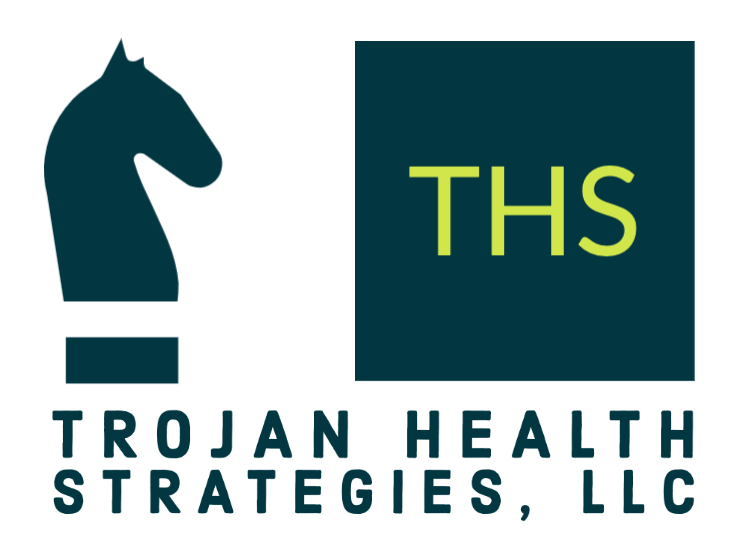Advancing Health Equity through Innovation
Since the devastation of COVID, the term health equity has become familiar to more and more people every day. But do you know what it means?
I have seen it described both as the removal of structural barriers that stand in the way of access to healthcare AND as a state where everyone has the opportunity to achieve their optimal health.
Neither is wrong, however, I prefer to focus on the latter idea because it focuses on what is possible, and isn’t limited by the current way of doing business. I think this is where organizations that drive innovation are best positioned to drive value.
How? Through product and service design processes that center health equity. In this context, I think anyone that creates something with intention is a designer. Therefore, if you are developing innovations designed to improve health, they should be done with an equity-centered mindset. Otherwise, why bother?
Here are a few ways to do this:
Understand the needs of the most marginalized population in your therapeutic area
How expansive you can get with this idea will depend on the project, stage of development, and the regulatory environment. You may need to gather your own data to understand what they think, feel, experience, and say about their condition. Historically, data has been so aggregated that seeing where disparities exist can be incredibly challenging.
Design strategies that address relevant social determinants of health
Technology has advanced to the point where brands can truly walk and chew gum at the same time. Some strategies might be ubiquitous, like developing content that is consumable by your patient population’s literacy level. Other strategies might include an “accessory” that makes the product/service more accessible to a wider audience. Peloton does this well. While purchasing the bike is a costly expenditure that only a few privileged people can access, they have put the bikes in many public spaces, and designed the bike software to accommodate many profiles. Further, they made the digital application available at a significant discount, which gives users access to the platform content. They have essential removed many barriers to use, thus creating a feature set that goes beyond that of the central product.
Include input from members of the marginalized population whenever possible
Care must be taken to ensure that captured feedback is done at a time where it can impact the outcome. Otherwise, there is a risk to the trust established with patients and that community. Oftentimes, this may not be the patient advocate that is positioned to contract with companies to provide input. Solutions for the marginalized will ensure that the most excluded segments can access the product, without excluding other potential customers.
Ensure that there is a diversity of lived experience on your teams
Kimberlé Chrenshaw coined the term intersectionality in the context of the legal system nearly 2 decades ago. The term implies that none of us don’t see the world through a one-dimensional lens. Composing a team that can provide insight about, perspective on, or experience with the marginalized group as a result of lived experiences will encourage the teams to do things differently.
Tap into research and expertise of adjacent disciplines (i.e. public health, behavioral economics)
The public health domain has conducted peer-reviewed research on barriers to health for decades. As pharma/biotech, digital health, and technological innovations push forward, public health and health system research experts could be a valuable resource to understanding what drives patient, caregiver, and physician decisions.
Stay focused on the goal
We decided to work in healthcare because we hoped our work would bring value to people. If helping a few, at the expense of many is the result, then the net effect is probably not consistent with the original aim. The pressure of the current ways of doing business will make driving a health equity-centered agenda difficult. Get support if you need it!
Do you agree? Should companies that impact people’s health be focused on accelerating health equity? Why or why not?

